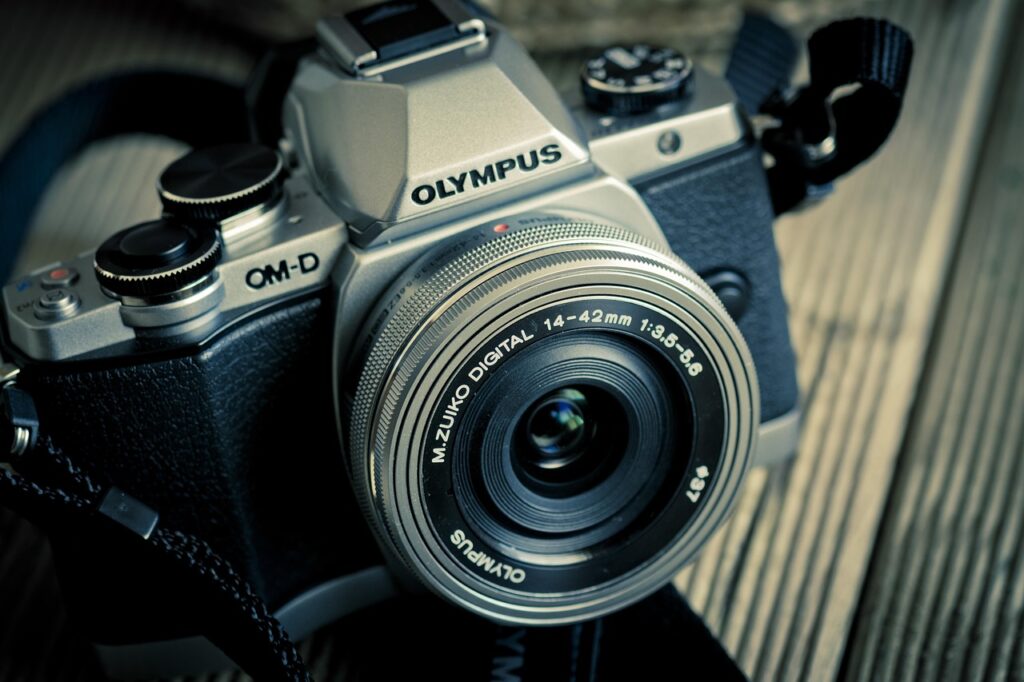Best Gear

Capture your Moments
You’re in the perfect spot — the light is golden, the landscape is still, and there’s movement in the distance. A wild moment is about to happen. Now what? Wildlife photography is part skill, part patience, and part respect. It’s not about the most expensive camera — it’s about how you see.
Here’s how to get meaningful shots — without disturbing the wild you came to capture.
Photography Tips
— Know your subject: Learn animal habits and peak times — early morning and dusk are often best.
— Be patient: Sometimes the best shot comes after an hour of stillness. Bring snacks and stay quiet.
— Use natural light: Avoid flash — it can startle or harm animals.
— Zoom with your lens, not your feet: Keep a respectful distance.
— Focus on the eyes: Sharp eyes create emotional connection.
— Tell a story: Go beyond portraits — show habitat, movement, and behavior.
🎒 Best Gear for Wildlife Photography
You don’t need a massive setup to get great shots. But here’s what helps:
— Camera: DSLR or mirrorless with fast autofocus and good low-light performance (Canon R-series, Nikon Z-series, Sony Alpha, etc.)
— Lenses: A zoom lens in the 100–400mm range is ideal; longer if you’re photographing from safari vehicles.
— Binoculars: For scouting and enjoying the moment without needing the camera.
— Tripod or monopod: Especially for low light or heavier gear.
— Memory cards & batteries: Always bring spares — remote locations drain power fast.
— Dry bag or weather cover: Protect your gear from rain, dust, and bumps.
Respect Before the Shot
The most powerful wildlife photo is the one that didn’t cause stress. If an animal changes its behavior because of you, it’s time to stop. No image is worth more than the well-being of your subject.
Sometimes, the best shot is the one you never take — just watching, silently, as nature unfolds.
Here’s how to get meaningful shots — without disturbing the wild you came to capture.
Photography Tips
— Know your subject: Learn animal habits and peak times — early morning and dusk are often best.
— Be patient: Sometimes the best shot comes after an hour of stillness. Bring snacks and stay quiet.
— Use natural light: Avoid flash — it can startle or harm animals.
— Zoom with your lens, not your feet: Keep a respectful distance.
— Focus on the eyes: Sharp eyes create emotional connection.
— Tell a story: Go beyond portraits — show habitat, movement, and behavior.
🎒 Best Gear for Wildlife Photography
You don’t need a massive setup to get great shots. But here’s what helps:
— Camera: DSLR or mirrorless with fast autofocus and good low-light performance (Canon R-series, Nikon Z-series, Sony Alpha, etc.)
— Lenses: A zoom lens in the 100–400mm range is ideal; longer if you’re photographing from safari vehicles.
— Binoculars: For scouting and enjoying the moment without needing the camera.
— Tripod or monopod: Especially for low light or heavier gear.
— Memory cards & batteries: Always bring spares — remote locations drain power fast.
— Dry bag or weather cover: Protect your gear from rain, dust, and bumps.
Respect Before the Shot
The most powerful wildlife photo is the one that didn’t cause stress. If an animal changes its behavior because of you, it’s time to stop. No image is worth more than the well-being of your subject.
Sometimes, the best shot is the one you never take — just watching, silently, as nature unfolds.
